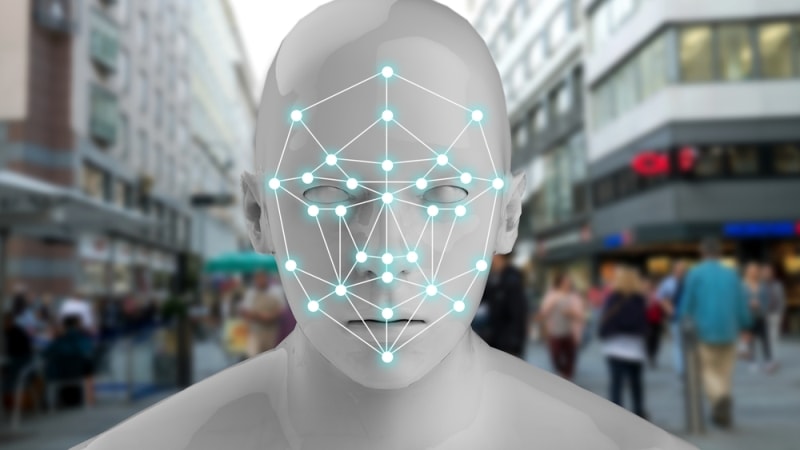
House Oversight Committee members from both sides of the aisle expressed support at a Jan. 15 hearing for imposing some level of Federal regulation on the use of facial recognition technologies.
The hearing – the committee’s third such session examining the oftentimes controversial technology – looked at how the private sector is using facial recognition including through partnerships with government entities. The hearing also addressed possible legislative solutions to transparency, privacy, accuracy, ownership, and security concerns associated with the technology.
Committee Chairwoman Carolyn Maloney, D-N.Y., expressed her concerns with use of the tech, saying, “It is clear that, despite the private sector’s expanded use of the technology, it is just not ready for prime time.”
Rep. Maloney further called for Federal regulation of the technology, which she said is now “completely unregulated at the Federal level.” That lack of Federal rules is “resulting in some questionable and even dangerous applications” of the technology, she said.
The sentiment toward regulation also has the support of the committee’s ranking member, Rep. Jim Jordan, R-Ohio. He said facial recognition technology is currently being used by the private sector, along with and state and local governments, with “little to no accountability,” and that action by Congress is necessary to “balance legitimate government functions with American civil liberties.”
However, Rep. Jordan qualified his support for regulation by saying, “I have no intention of unnecessarily hampering technological advancement in the private. We understand and appreciate the great promise this technology holds for making our lives better … The urgent issue we must tackle is reining in the government’s unchecked use of this technology when it impairs our freedoms and liberties.”
As facial recognition technology expands, many state and local governments have begun to question the ethics of its use, with some passing moratoriums or outright bans on government use.
The committee heard from Charles H. Romine, director of the Information Technology Laboratory at the National Institute of Standards and Technology (NIST), who addressed NIST’s ongoing research and work in the facial recognition space. He shared what role NIST is currently playing in facial recognition and biometrics technology development, and how NIST is working with private sector companies.
Romine discussed NIST’s Face Recognition Vendor Testing Program (FRVT), established in 2000, that allows NIST to “provide independent evaluations of both prototype and commercially available facial recognition algorithms.” He continued, “These evaluations provide the U.S. government with information to assist in determining where and how facial recognition technology can best be deployed. FRVT results also help identify future research directions for the facial recognition community.”
Meredith Whittaker, co-founder of the AI Now Institute at New York University, argued in support of vigilance and skepticism regarding facial recognition technology, saying “it is time to halt the use of facial recognition in sensitive social and political contexts.”
In addressing Rep. Jordan’s view that private sector advancement of the technology should be protected, Whittaker argued there is “a blurry line” between public and private facial recognition that needs to be taken into account.
“Most facial recognition is developed and sold by private companies, regardless of whether governments or private actors are the end-users. This means that we need to examine commercial systems and the incentive structures driving their development even in discussions that focus on government use,” she said.
Officials from industry trade groups offered more optimistic outlooks for use of the technology.
Daniel Castro, VP at the Information Technology and Innovation Foundation (ITIF), focused on the positives of facial recognition technology, and argued that “facts about race and gender bias in facial recognition have been misconstrued.”
He stressed the wide variety of facial recognition systems in the marketplace, and how accuracy and error rates can vary widely among the different systems. Castro claimed that the most accurate algorithms currently in existence “have little to no bias,” and argued that many of the claims regarding racial bias “conflate facial analysis with facial recognition.”
Jake Parker, senior director of government relations of the Security Industry Association, also offered a positive take on facial recognition, and said the technology offers “tremendous benefits” within the private sector.
At the same time, however, he did offer support for increased accountability through government regulation. “Having greater accountability measures in place would help reassure the public that facial recognition technology is being used effectively and responsibly, by ensuring that established policies are being followed,” Parker said.
